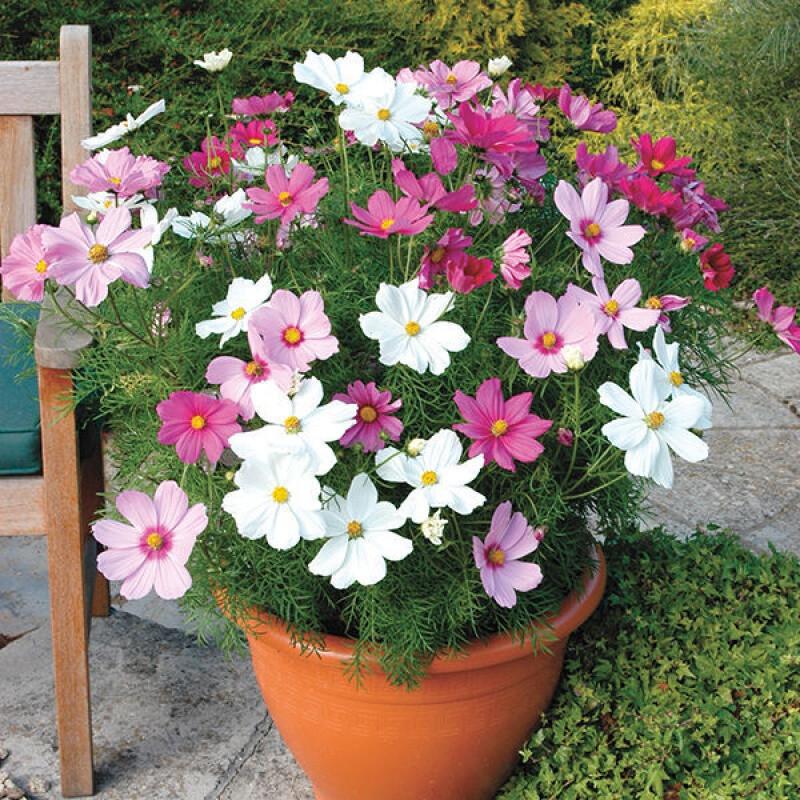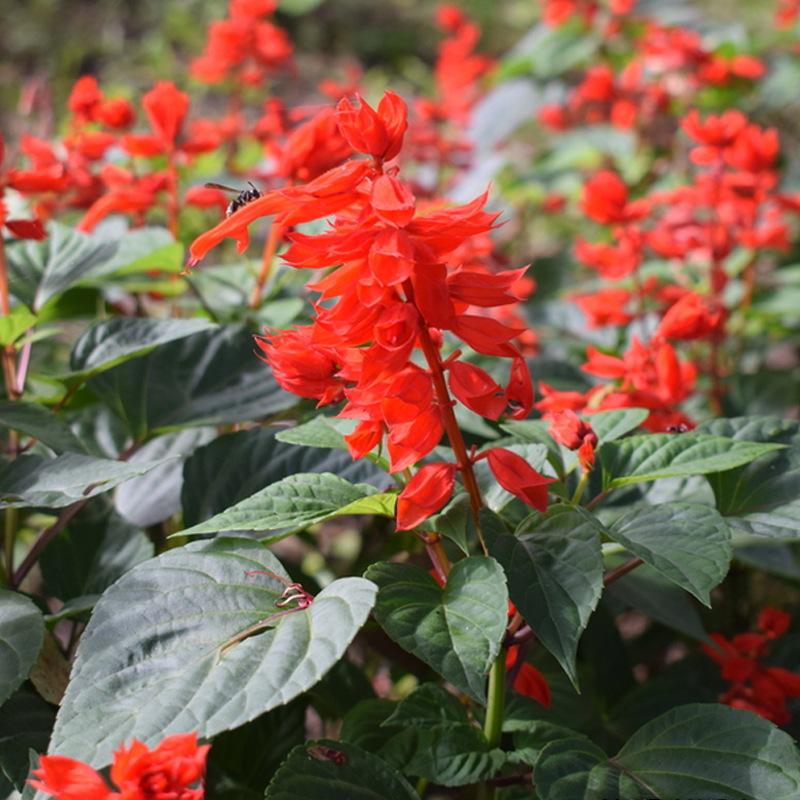The Verbena plant has an interesting story to tell. Legend has it that in ancient Greece, Verbena was believed to possess magical powers. It was used in rituals and ceremonies to ward off evil spirits and bring good fortune. According to the myth, the plant was created from the tears of the goddess Venus, who wept for her lover Adonis. It is said that growing Verbena in your garden will bring love and happiness into your life. Today, Verbena is admired for its vibrant flowers and delightful fragrance, making it a favorite in gardens around the world.
Verbena, a lively and vibrant plant, has an intriguing story. Legend has it that long ago, a goddess named Verbena bestowed healing powers upon this extraordinary plant. It was believed that by inhaling its enchanting fragrance, one could be cured of various ailments. As the word spread, people from far and wide journeyed to witness the miraculous abilities of Verbena. Over time, the plant became a symbol of hope and revitalization. To this day, Verbena continues to captivate hearts with its charming blooms and its mystical connection to wellness. Its story serves as a timeless reminder of the incredible power that nature holds within its grasp.
Picture
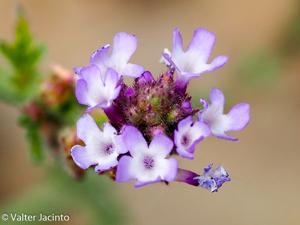
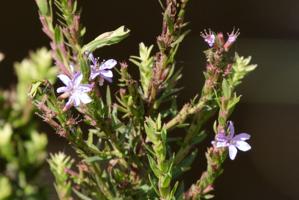
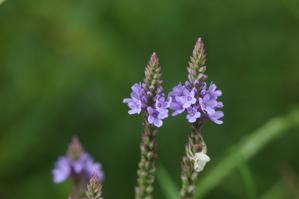
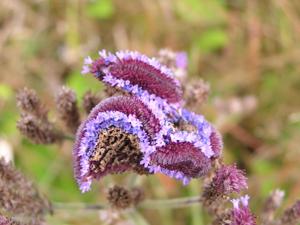
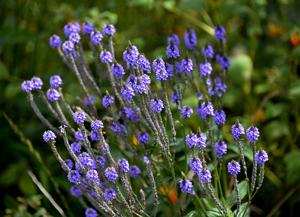
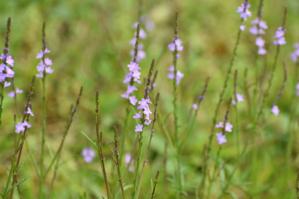
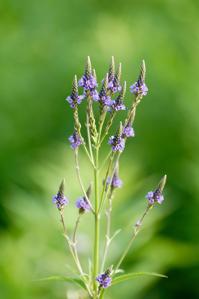
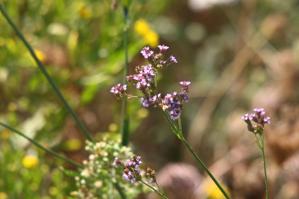
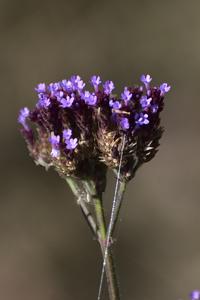
Plant some seeds now!
Multi-Colored Bachelor’s Button
Short Description
Verbena (/vərˈbiːnə/), also known as vervain or verveine, is a genus in the family Verbenaceae. It contains about 150 species of annual and perennial herbaceous or semi-woody flowering plants. The majority of the species are native to the Americas and Asia; however, Verbena officinalis, the common vervain or common verbena, is the type species and native to Europe.
Description
Verbena is an herbaceous flowering plant, belonging to the Verbenaceae family, and may be annual or perennial depending on the species. The leaves are usually opposite, simple, and in many species hairy, often densely so. The flowers are small, with five petals, and borne in dense spikes. Typically some shade of blue, they may also be white, pink, or purple, especially in cultivars.
The genus can be divided into a diploid North American and a polyploid South American lineage, both with a base chromosome number of seven. The European species is derived from the North American lineage. It seems that verbena as well as the related mock vervains (Glandularia) evolved from the assemblage provisionally treated under the genus name Junellia; both other genera were usually included in the Verbenaceae until the 1990s. Intergeneric chloroplast gene transfer by an undetermined mechanism – though probably not hybridization – has occurred at least twice from vervains to Glandularia, between the ancestors of the present-day South American lineages and once more recently, between V. orcuttiana or V. hastata and G. bipinnatifida. In addition, several species of verbena are of natural hybrid origin; the well-known garden vervain/verbena has an entirely muddy history. The relationships of this close-knit group are therefore hard to resolve with standard methods of computational phylogenetics.
Cultivation
Purpletop vervain (V. bonariensis) as an ornamental plant
Some species, hybrids and cultivars of verbena are used as ornamental plants. They are drought-resistant, tolerating full to partial sun, and enjoy well-drained, average soils. Plants are usually grown from seed. Some species and hybrids are not hardy and are treated as half-hardy annuals in bedding schemes.
They are valued in butterfly gardening in suitable climates, attracting Lepidoptera such as the Hummingbird hawk-moth, Chocolate albatross, or the Pipevine swallowtail, and also hummingbirds, especially V. officinalis, which is also grown as a honey plant.
The hybrid cultivars “Silver Anne” and “Sissinghurst” have gained the Royal Horticultural Society’s Award of Garden Merit.

